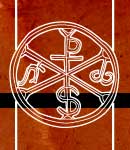
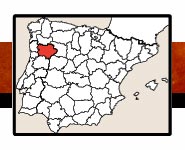

 |
 |
||
 |
|||
 |
(40)/TO-Z/TROM-Chaves-40.jpg) |
-55/BOOK-cort-40.jpg) |
 |
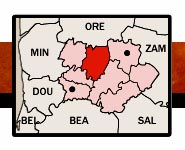 |
||
 |
|||
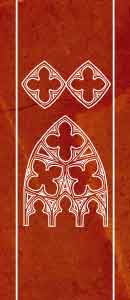 |
ACCESO A CHAVESUBICACIÓNLa ciudad de Chaves se encuentra a tan solo 10 Km. de la frontera con España hacia la localidad de Verín, (Orense, España). Se puede acceder a Chaves desde Bragança (N-103), desde Guimarães (A-7 + A-24) y desde Vila Real (A-24). El puente se ubica junto al río Tâmega.
|
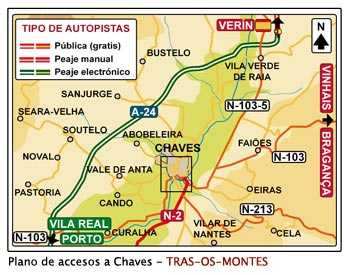 |
ACCESS TO CHAVESLOCATIONThe town of Chaves is located just 10 Km. from the border with Spain in the direction of Verin (Orense, Spain). Chaves can be reached from Bragança (N-103), from Guimarães (A-7 + a-4) and from Vila Real (A-24). The bridge is located next to the Tâmega River.
|
 |
En el casco viejo podemos visitar el Castelo (Rua Muralha), la armoniosa iglesia de la Misericordia (Plaza Caetano Ferreira) y el fuerte de San Francisco se ubica al norte del casco viejo. Al otro lado del Tâmega tenemos la iglesia de San Juan de Dios. ACCESO PARA MINUSVÁLIDOSEl puente romano de Chaves es visitable con silla de ruedas, es completamente peatonal. No se puede acceder a la torre de homenaje con silla de ruedas, pero podrás disfrutar del bonito entorno. En la iglesia de la Misericordia una amplia escalinata impide el acceso a sillas de ruedas. El Fuerte de San Francisco solo se visita el exterior (salvo clientes). El acceso a la iglesia de San Juan de Dios de Chaves es posible con silla de ruedas. |
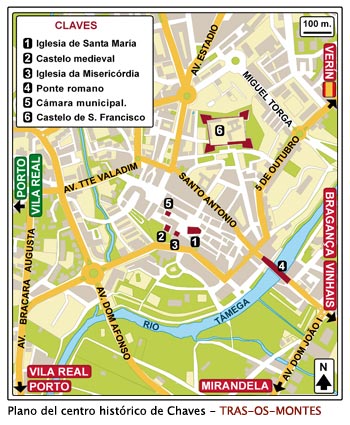 |
In the old town we can visit the castle (Rua Muralla), the famous Misericordia church (Plaza Caetano Ferreira) and the foro of San Francisco is located to the north of the old town. On the other side of Tâmega River we have to São João de Deus.ACCESS FOR THE HANDICAPPEDThe Roman bridge of Chaves is visitable with wheelchair, it is completely pedestrian. You can't access the keep with wheelchair but you can enjoy the beautiful surroundigs. In the church of the Misericórdia a wide staircase block the access to wheelchair users. Finally the São Francisco's fort is only visited outside (except customers). Access to the church of São João de Deus of Chaves is possible with a wheelchair. |
||||
 |